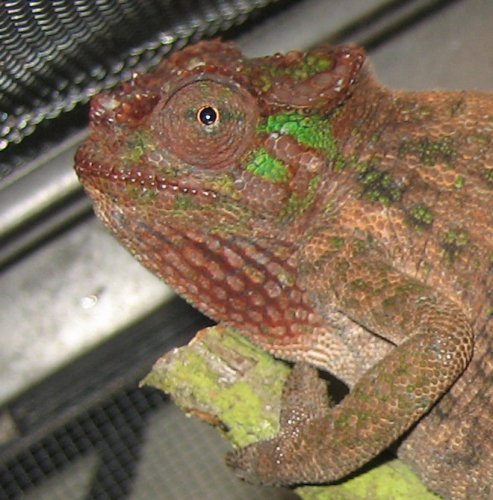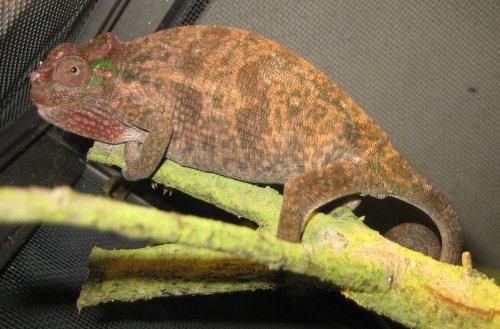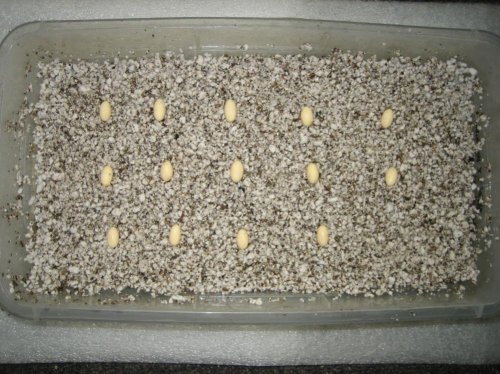Navigation
Install the app
How to install the app on iOS
Follow along with the video below to see how to install our site as a web app on your home screen.
Note: This feature may not be available in some browsers.
More options
You are using an out of date browser. It may not display this or other websites correctly.
You should upgrade or use an alternative browser.
You should upgrade or use an alternative browser.
Gravid K. tavetana
- Thread starter Mike Fisher
- Start date
Mike Fisher
Established Member
Thanks everybody! She's a real chow hound so I have good feelings about successful laying. I have one other that might be in an early stage of gravidity and a couple others that show no signs. Since I have no males here, we'll just see what happens.
Mike Fisher
Established Member
eggs
Dug up 14 eggs this morning. Trying something different with the medium 2/3 perlite, 1/3 vermiculite fines. I usually do all perlite with .25" standing water at the bottom but last clutch of K. multi. eggs I had a couple of them rupture from being too wet. Gonna run it with no water at the bottom, with the vermiculite fines helping hold more moisture in the medium.
Dug up 14 eggs this morning. Trying something different with the medium 2/3 perlite, 1/3 vermiculite fines. I usually do all perlite with .25" standing water at the bottom but last clutch of K. multi. eggs I had a couple of them rupture from being too wet. Gonna run it with no water at the bottom, with the vermiculite fines helping hold more moisture in the medium.
Attachments
Mike Fisher
Established Member
I do mine with coarse vermiculite top with a sandy bottom. I always try to stay a bit drier rather than wet...
I've always done mine with standing water at the bottom with a thick layer of perlite so that the top is pretty dry. It just kind of percolates through the medium. I must have went a bit overboard with the water in that one clutch. Just wanted to try something different this time. I figure with two different mediums mixed together, even if the perlite gets a bit dry, the vermiculite will still be moist.
What I believe happened in that one clutch is that it got a bit dry and the shells hardened a bit, then when I noticed, I hyper-hydrated them and the shells were a bit inflexible so a few popped. It's tough when you have to wait a year or more. I don't like to mess with the eggs too much so i missed that they were getting dry until I picked up the box and it felt light as a feather. Then I panicked and added too much water all at once.
Mike Fisher
Established Member
I had poor luck with vermiculite some 30 years ago. It is hard to judge moisture content from just looking at it. That's when I switched to perlite because I could keep a reservoir of water at the bottom and know I was ok just by looking though the side of the container. Of course, it helps if I take a peek now and again. That's how I screwed up on this last clutch. I'm thinking by doing the mixed media thing, I'll have a bit more leeway.
I really like using perlite. For our use it lasts basically forever and I just rinse it out after each clutch. It won't break down like vermiculite.
I really like using perlite. For our use it lasts basically forever and I just rinse it out after each clutch. It won't break down like vermiculite.
Mike Fisher
Established Member
I must say I've never heard of that method, Mike.
AFAIK, I invented it.
Similar threads
- Replies
- 10
- Views
- 408
- Replies
- 10
- Views
- 2K







